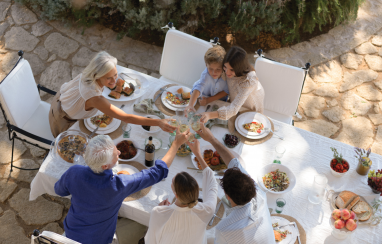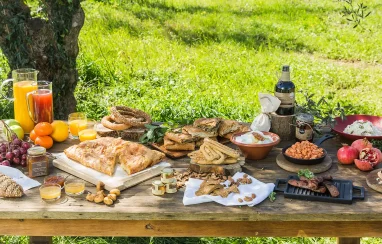By Amber Charmei
In Messinia, an entire civilization was built around olive trees. Homer called olive oil “liquid gold,” and in King Nestor’s palace (13th century BC), located less than 8 km from Navarino Dunes, the storage rooms for this treasure were kept right beside the throne room. During Venetian rule, the two major olive oil exporting ports of the area, Methoni and Koroni, were so important to the republic that they were dubbed “the eyes of Venice.” In other words, it wouldn’t be an exaggeration to say that these trees are, and always have been, vital to the region’s economy.
Today, olive oil is an increasingly precious commodity, and olive oil health benefits are a well-established fact. Messinia is Greece’s most productive region, accounting for approximately 30% of the total annual production nationwide, thanks to its ideal weather and to the rich soil of its hilly countryside. All of this, create the growing conditions for Messinia’s famed protected designation of origin Kalamon (from Kalamata) olives, as well as the region’s increasingly popular Koroneiki olives. EVOOs (extra virgin olive oils) made from the Koroneiki variety, like the award-winning Navarino Icons estate-grown extra virgin olive oil, are considered among the best in the world.
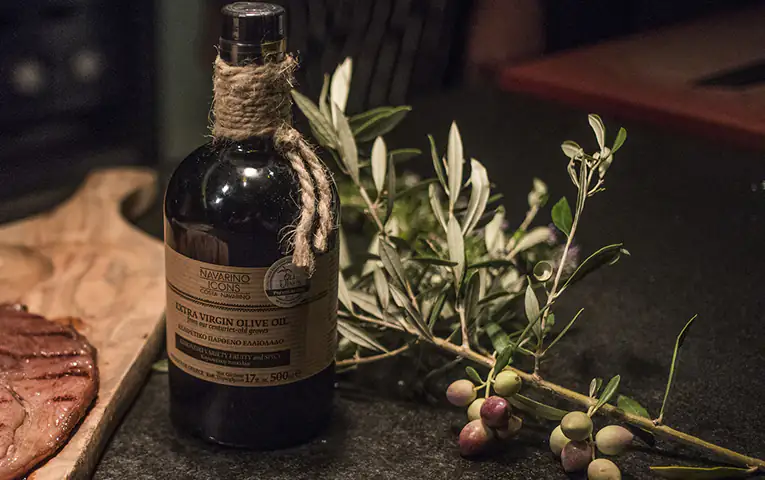
Dr Kyriaki Zinoviadou, a professor in Food Sciences and Technology and a member of the international panel of judges at the Athena International Olive Oil Competition, explains what makes a good oil: “A third of the quality lies in the timely and correct processing of olives in good condition. Storage accounts for another third. The magic lies in final third, in the olives themselves – the variety and how it is cultivated.”
Messinia’s long heritage in this industry may give it a clear competitive edge, but it’s really about the trees. Some of the olive groves are centuries old, yielding fruit of exceptional richness and complexity. “As trees age, they gain in character,” Dr Zinoviadou explains. “Older trees, often not irrigated, have adjusted to the soil, the amount of rainfall, and the winds, so they can yield the best of themselves; it’s as though they have acquired something like confidence, or contentment, and that’s reflected in their fruit.”
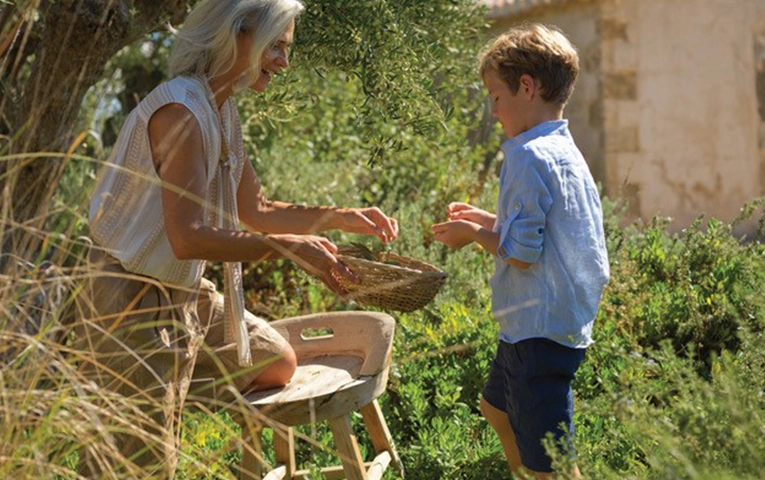
How do we know if the EVOO we bought is any good?
When the right oil is served over food grown in the nearby earth, under the sun in Messinia, something magical occurs. It really does taste like liquid gold. At home, you may have realized that the olive oil you bought from the store inspires no such revelations when you drizzle it over your salad. Is the oil bad?
To find out, you can try doing your own tasting. To figure out the profile of your EVOO. Dr. Zinoviadou tells us how the tasting procedure is done:
“To make sure our perceptions are clear, we don’t drink any coffee, we don’t smoke, and we don’t use any kind of fragrance – not even scented soaps or creams. In between tasting each oil, we have bread and water to cleanse the palate, and slices of green apple to cut the fat.” Also, because color has no impact on quality, it’s a good idea to choose glasses or cups that don’t reveal the color of the oil, which should, ideally, be at 28°C (± 2° C) during tasting.
You taste for fruitiness, bitterness and pungency. “We swirl the oil in the glass and smell it,” Dr. Zinoviadou instructs. “Then, we coat the entire mouth with oil, moving it slowly front to back. Then we swish the oil back to front, like you do at a wine tasting. Fruitiness comes through in both aroma and taste; this quality is determined by the degree of ripeness of the olives. Green olives produce green fruity notes – literally green – like tomato stems, artichokes, grassy flavors. Drupes that go to the olive press when they’re changing color produce ripe fruitiness, revealing aromas like pineapple and banana. Bitterness is sensed directly on the tongue. The bitterer, the better, as bitterness indicates the presence of polyphenols, desirable antioxidant compounds, in which the Koroneiki variety is rich. Finally, we swallow the oil, and pungency is sensed throughout the mouth and even at the top of the throat, exciting sensations such as spiciness and black pepper. It’s vivid, but fleeting – it gently fades.”
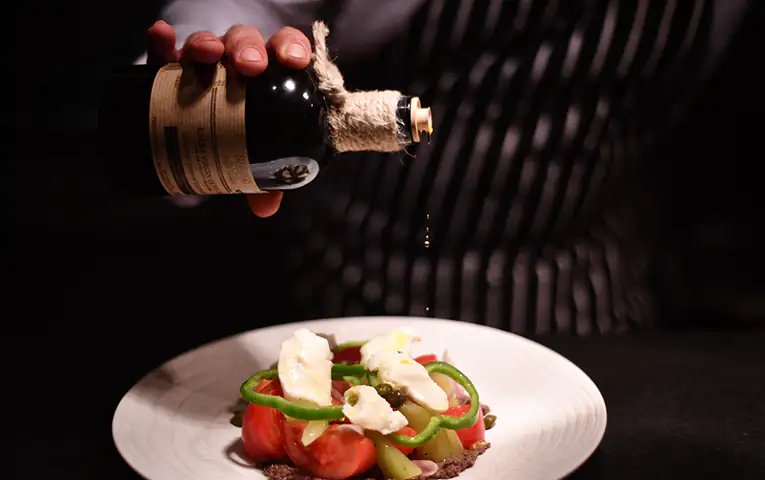
Now that you know about extra virgin olive oil, you can choose how to use it to get the most out of its flavor profile. In fact, olive oil pairing, like wine pairing, is a trend now. Remember that what makes olive oil good for you and your dining experience isn’t just the health benefits of olives; the best olive oil also makes your food taste better. See how you like a fruitier EVOO on your salad, as opposed to a more bitter alternative. To get you started, Dr. Zinoviadou shares a final tip: delicate oil may go better with fish, whereas pasta may welcome a more vivid and complex olive oil.
[Edited version of an interview published in Costa Navarino Stories, Issue 06]
